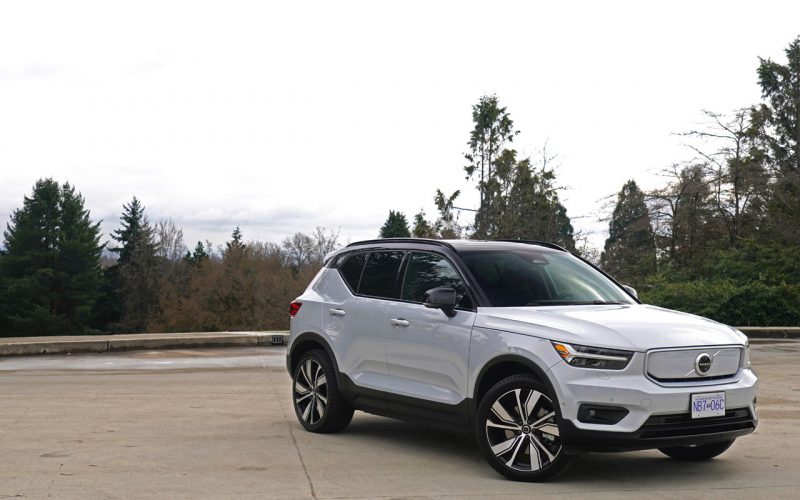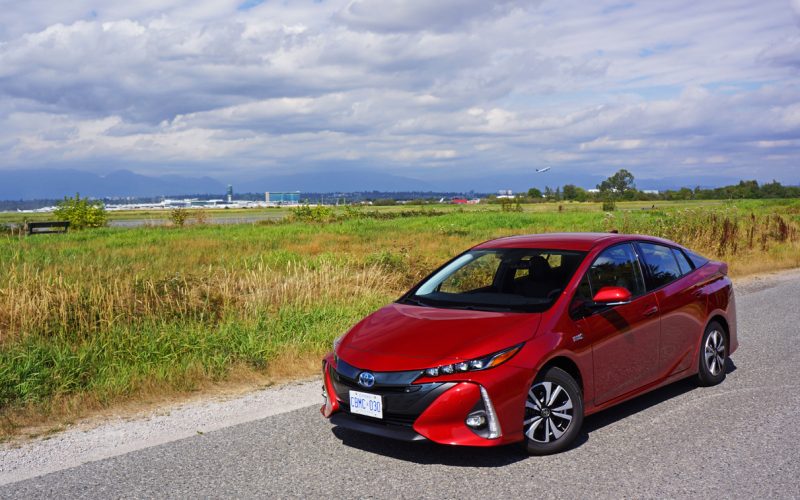
Reading Time: 12 minutesVolvo’s new XC40 Recharge is everything I already loved about this fabulous little luxury utility, and

Reading Time: 10 minutesWell, I’ve done my cursory scan of Toyota Canada dealer websites, and yes in fact there
© 2025 The Car Magazine. All Rights Reserved, Privacy Policy | Terms of Use